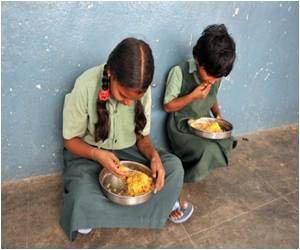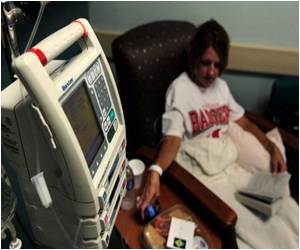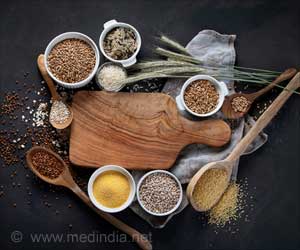
In an interview last year to The Wall Street Journal, Modi had attributed his state's high rate of malnutrition to vegetarianism and figure-consciousness among Gujarati girls.
He had said the middle class was more beauty-conscious than health-conscious, and if a mother tells her daughter to have milk, the two would have a fight, as the daughter would insist that milk would make her fat.
Modi said Saturday that his remarks had been misconstrued.
He said that he had stated that malnutrition was also a problem among well-off families, as there was a liking for fast food among children, and parents had to enforce healthier eating.
"This is a problem in many houses. Children do not obey (parents). There is a problem in well-off homes. How long will we turn our head away from reality?" he said.
Advertisement
He asserted that there was no survey report in the country on malnutrition, and data was based on figures compiled by the Integrated Child Development Services (ICDS).
Advertisement
The Gujarat chief minister said one of the reasons for the high number of malnourished children in the state was the large inward migration, with people from other parts of the country moved to Gujarat in search of livelihood.
Source-IANS









